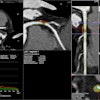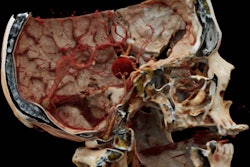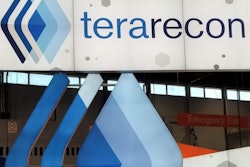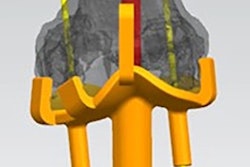Dear Advanced Visualization Insider,
The integration of augmented reality (AR) and virtual reality (VR) into healthcare continues to make headway as clinicians probe new applications for the technologies. In this edition's Insider Exclusive, a team of radiologists reviews the predominant applications of AR in interventional radiology and discusses how AR is beginning to transform the way specialists approach image-guided procedures.
Anticipating medical use of AR and VR to forge ahead, the U.S. Food and Drug Administration (FDA) has launched a series of talks to address current gaps in the development, evaluation, and application of AR and VR devices in medicine. Stay tuned to the Advanced Visualization Community for our coverage of this event.
Medical 3D printing has made noteworthy gains recently as well:
- Researchers from Nebraska conducted a randomized controlled trial in which they studied changes to maternal-fetal bonds for nearly 100 women who examined 3D-printed models designed from ultrasound scans of their unborn children. The study sheds light on the power of 3D printing to add value to routine clinical services.
- In China, a team of investigators created 3D-printed surgical guides based on CT and MRI data to facilitate total knee replacement procedures. They found that the 3D printing technique helped personalize the procedure and improve key surgical outcomes.
- 3D printing has helped various groups optimize cardiac CT protocols for cardiovascular diseases. How? A 3D printing expert from Australia delivered the details in a recent review article.
3D printing has also shown that it can improve the quality of certain minimally invasive procedures when used in conjunction with other advanced imaging technology. Exemplifying this concept, researchers from Tennessee used the combination of 3D printing and a 3D light scanner to develop a more effective approach for subdural evacuation port system placement.
AuntMinnie.com is home to numerous other news and stories featuring the latest developments in the field, including one posted today on the use of cinematic rendering to help manage cerebrovascular diseases. For future issues, I welcome you to reach out concerning any relevant topics you would like to see covered.



















